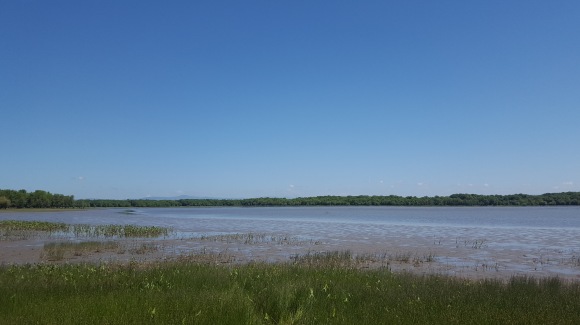
Mount Hood. Pic: Clare Kleinedler
“We simply need wild country available to us, even if we never do more than drive to its edge and look in. For it can be a means of reassuring ourselves of our sanity as creatures, a part of the geography of hope.”
So wrote the novelist Wallace Stegner in 1960, in an appeal to a U.S. government official involved in a policy review of America’s ‘Outdoor Recreation Resources’.
Stegner’s point seems self-evident 60 years later. In 2017, after hundreds of years of human erosion of natural resources, the wild country in public ownership is clearly worth more than its simple economic value.
While this is clear to many – particularly those who’ve visited a national park – the country’s current president may take some convincing. Meanwhile, hope seems thin on the ground these days.
But, as Stegner argued, it’s still there – for now. With this in mind we recently travelled from our home in urban north Portland’s to the Mount Hood National Forest, and specifically to the Lolo Pass Trailhead, a waypoint on the Pacific Crest Trail (PCT).
From there, my wife and I hiked the PCT for a couple of hours, before turning off on the Timberline Trail, which we cut away from to ascend Bald Mountain.
In the course of the hike we met a handful of people, who quickly passed with a nod; at times, we seemed to be the only people standing beneath the gargantuan west face of Mount Hood above us. The higher we hiked, the quieter the undergrowth sounded – even the fauna appeared to clear the way.
We felt, to borrow another phrase from Stegner, “single, separate, vertical and individual in the world, part of the environment of trees and rocks and soil, brother to the other animals…”
After months in the cities, and traffic, living with ambient freeway noise outside our home and multiple screens within, the hours also felt like ‘sanity restored’.

On Bald Mountain. Pic: Clare Kleinedler
We ate our lunch yards from Bald Mountain’s summit, where the only imprint of civilization was the few stone remnants of a 1930s fire lookout, facing the huge hanging glaciers on Mount Hood. The scale of the view was vast and silencing; our meal over, we sat and breathed and just looked on, a part of the landscape ourselves.
Having hiked in Europe, the British Isles, and Ireland, I’ve long been familiar with the restorative powers of the outdoors – whether in a blizzard on Ben Nevis, crossing a sun-bleached glacier on the Monte Rosa, or on sunny moorland in the Wicklow Mountains.
I still agree with the elderly man I met when descending Croagh Patrick in heavy weather on a November afternoon, who shouted to me above the wind: “It’s good for the soul!”
It was, and it still is. The wild places – to borrow a term from Robert Mcfarlane – remain repositories of peace, beauty, and natural communion. But they’re also places of hope – regions that remind us that – despite everything else that confronts us in 2017 – we’re still part of something awe-inspiring. For now, at least.
_____











